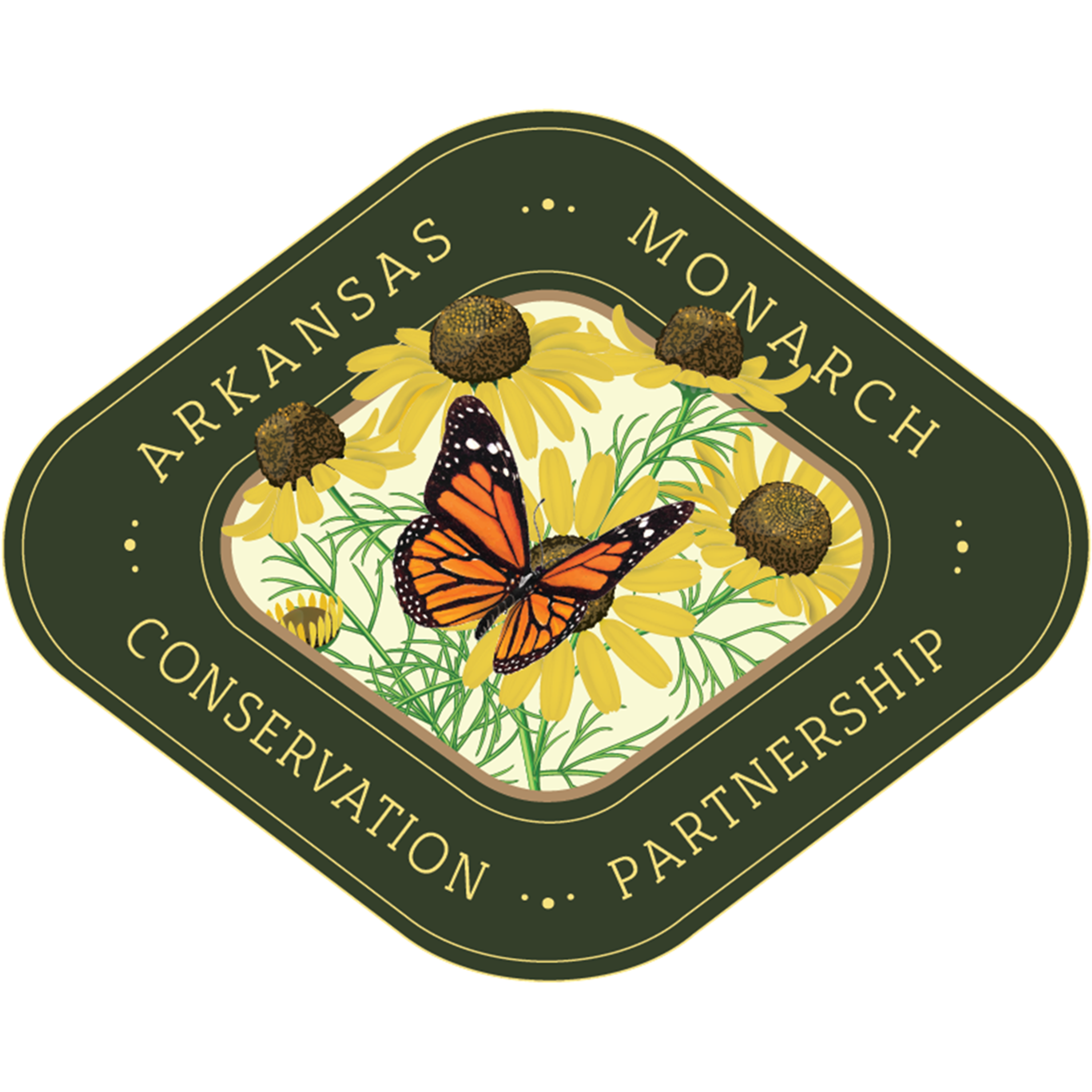
Solar farm, safe haven: Monarch butterflies to find crucial habitat at Conway Solar
Every year, monarch butterflies make an incredible two-way migration, flying up to 3,000 miles across North America. They stop along the way, including in the state of Arkansas, to fuel up on flower nectar and lay their eggs. If the monarchs cannot find the right kinds of plants during these pit-stops, the species cannot survive.
Due to habitat loss and other factors, including climate change, migratory monarch populations have sharply declined over the last twenty years. So much so, that they are now included on the International Union for Conservation of Nature Red List of Threatened Species. That’s one reason why Lightsource bp and the Arkansas Monarch Conservation Partnership (AMCP) are teaming up to create a haven for monarchs at Conway Solar at Happy, our utility-scale solar farm in White County, Arkansas.
The 135MW solar farm will house a five-acre native pollinator garden with a high density of diverse plants, providing habitat and critical nectar for monarch butterflies and other pollinators.
The monarch lifecycle and migration
After a winter spent roosting in Mexico’s Sierra Madre Mountains, monarchs begin their northerly migration to their breeding grounds in northern United States and parts of southern Canada. As they stop to drink nectar from flowers, the butterflies lay eggs on a host plant called milkweed. This is the only plant that their caterpillars will eat after hatching, so it is a critical part of every monarch habitat.
After about two weeks spent eating and growing on the milkweed plant, the caterpillars form their chrysalises. Adult monarchs emerge 10 to 14 days later. By this point, the parent generation has died, and the new generation takes their place on the northward migration. The monarch population will cycle through three to four generations during the journey.
Once up north, the monarchs will continue to breed over the summer. In the fall, a final generation will begin the migration back south. This batch lives much longer than its predecessors and will make the long flight back to Mexico without laying new eggs. It is incredibly important that this generation has access to plenty of blooming nectar plants along the way to fuel their flight and store fat for the winter, so they can begin the migration back north the following spring.

Pollinator habitat at the solar farm
Lightsource bp is setting aside five acres of former cropland at the Conway Solar project for a native, high-density pollinator garden. This area, about the size of 4.5 football fields, will support a variety of pollinators and other wildlife species that depend on native blooming plants.
The Arkansas Monarch Conservation Partnership provided detailed specifications for the garden’s preparation, vegetation, planting and long-term care. The seed mix includes 46 varieties of Arkansas native grasses, flowers and legumes. According to the conservation partnership, these kinds of habitats and the plants and animals that reside in them are among the most threatened in Arkansas!
As the vegetation grows, the solar farm will become an ideal place for monarchs to stop, eat and lay eggs along their spring and fall migrations. The mix contains two varieties of milkweed (common milkweed and butterfly milkweed), the most important plant in the monarch butterfly lifecycle. The mix also ensures that at least five kinds of flowers will bloom each season, so that monarchs and other pollinators always have access to plenty of nectar.
The pollinator garden at Conway Solar is a great example of what we call “multiuse solar.” Multiuse solar projects utilize the land under and around the panels to layer additional benefits on the project site . In addition to fighting climate change through emissions-free solar energy generation, the Conway Solar project is boosting biodiversity and providing ecosystem services in the area.
Recent news from Lightsource bp
03 Apr, 2025
Community hospital check presentation, job fair kick off Lightsource bp Jones City energy center in Jones County, Texas
Community partnerships in Texas
26 Mar, 2025
Lightsource bp solar project in Louisiana goes online, driving US manufacturing and local economic growth
180MW project in Louisiana



